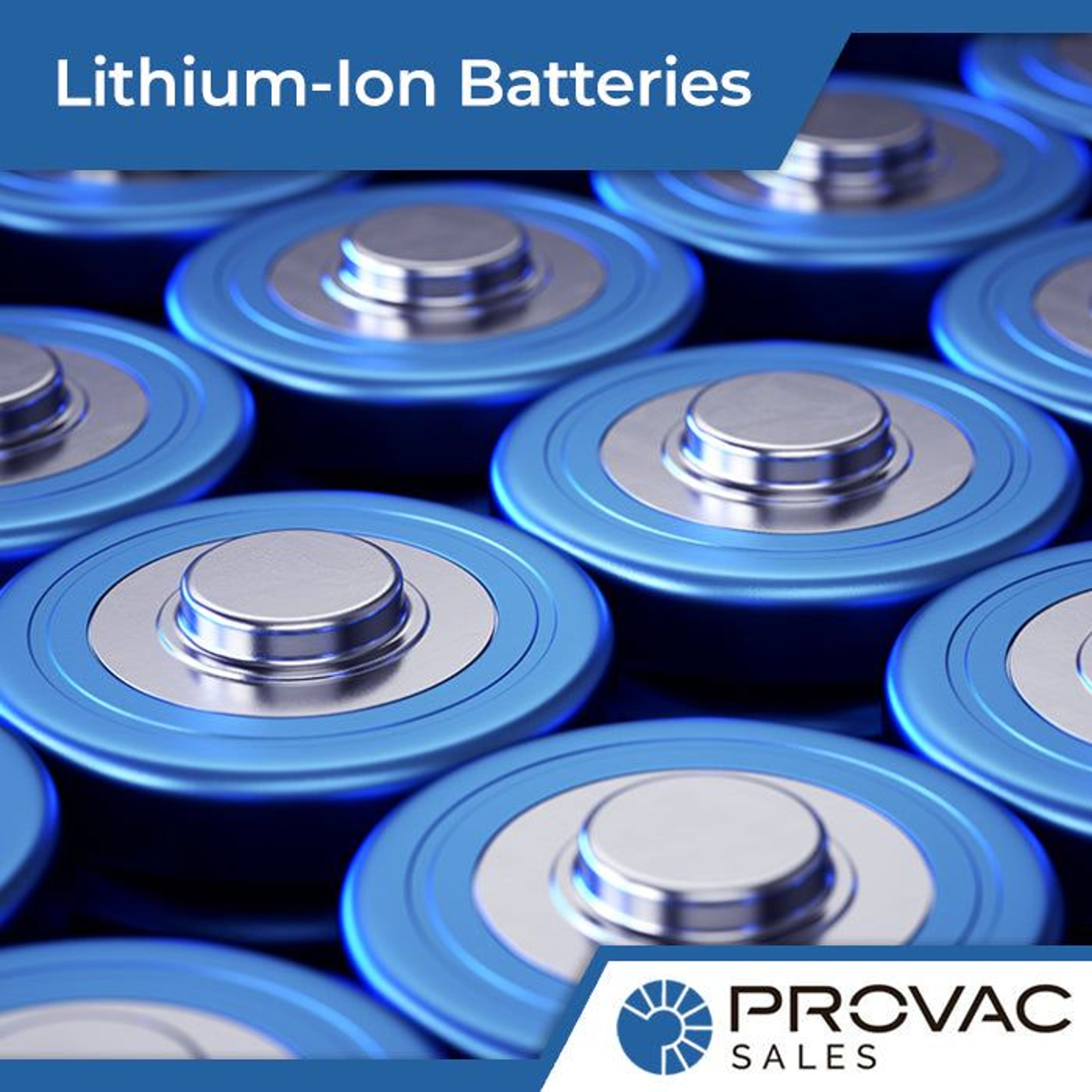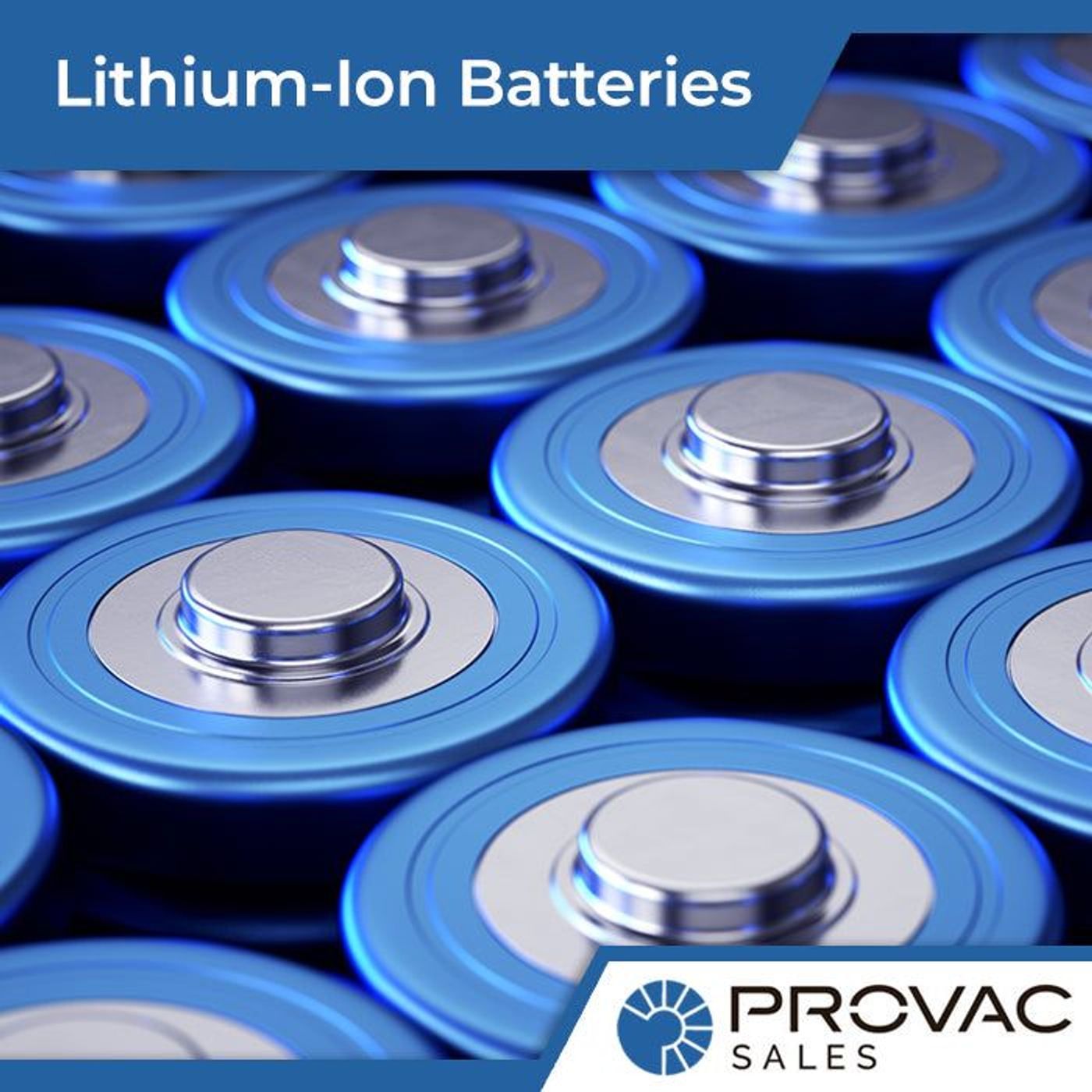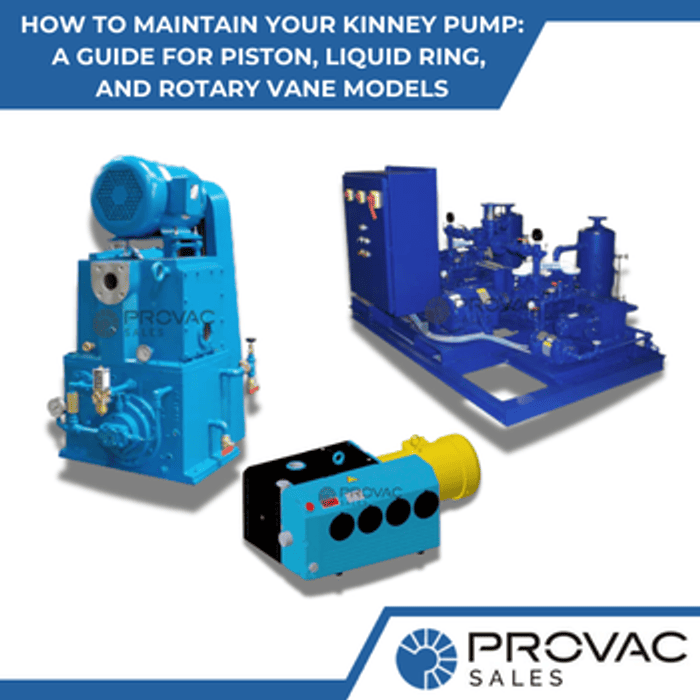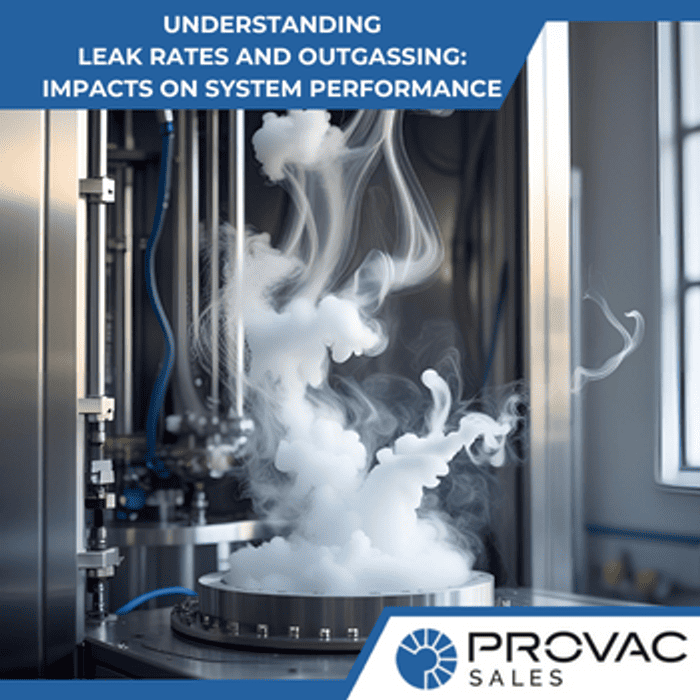Do you know how leading lithium-ion battery manufacturers make these batteries? They use vacuum pumps! Vacuum pumps reduce maintenance costs, offer low-cost options to customers, and provide advanced control capacity. Manufacturers are able to offer high-quality batteries that provide high throughput yields and low ownership costs.
Importance of vacuum
Vacuum plays a crucial role in the production of lithium-ion batteries. In fact, manufacturers use it at every stage in the manufacturing process. Vacuum is essential for the long life of the battery and for providing a high performance consistently. Some of the most common stages where manufacturers use vacuum to make lithium-ion batteries are:
-
Mixing - The first step in making high-quality lithium-ion batteries is to mix the slurry with a wide range of ingredients, such as binding agents, solvents, and lithium metal oxides. It takes time to mix everything. Air bubble buildup is a common obstacle in this method. That is why manufacturers use a vacuum pump to suck the bubbles out so that the mixing chamber produces a uniform and homogeneous paste. The consistency of the paste is crucial to maintaining the quality, performance, and longevity of the batteries.
-
Drying - Vacuum is also used in the drying stage. Vacuum quickly removes solvents like N-Methyl Pyrrolidone (NMP) and moisture. Most importantly, vacuum pumps can work even in the toughest of conditions. They can be expected to perform flawlessly, irrespective of the temperature or terrain. It doesn’t matter in what condition the vacuum pump is used; it can retain its vacuum level at all times to deliver premium quality electrodes. With premium-quality electrodes, manufacturers can make sure that they can produce the best lithium-ion batteries every time. They usually use vacuum drying as a continuous process or in batches, depending on the machine’s in-line drying system.
-
Filling & degassing - The first stage in filling and degassing is evacuating the cells. This stage involves using vacuum to slowly take out the cells one by one and fill the chamber with electrolytes. Electrolytes are the transport medium in this step. Vacuum is also essential in degassing so that lithium ions can move independently. As lithium ions move freely, they are able to charge and discharge pretty fast. It is important to ensure that the vacuum pump used is robust enough. This is a harsh process and the vacuum pump needs to work at its optimal condition to provide the purity that electrolytes require to make the lithium-ion batteries long-lasting.
- Sealing - In addition to filling and degassing, you will also need vacuum to seal the lithium-ion batteries. Vacuum removes moisture, air, and any impurities in the battery before packing. You will notice that lithium-ion batteries have plastic wraps packed tightly around them. This is done using vacuum pumps. Once the batteries get their desired shape, they go through the vacuum chamber that sucks out the impurities within a few seconds. The batteries then go into the packing chamber where they get plastic coatings so that the ingredients don’t touch the skin of the user.
Types of vacuum pumps for manufacturing lithium-ion batteries
There are various types of pumps in the market, but which ones are suitable for manufacturing lithium-ion batteries? Here’s a guide that can help.
-
Dry screw vacuum pump - provides the ultimate vacuum for enhanced performances in the manufacturing stage. They usually have automated control systems so that nothing needs to be done manually. These pumps are so advanced that you don’t need to dispose of dirty oil or contaminants. The pumps will do it on your behalf.
-
EDS vacuum pump - another type of dry screw vacuum pump that has a higher pumping speed. Higher pumping speed is essential to quickly pump down the ingredients and increase the process uptime. They also have a higher tolerance level than their counterparts and come with an extended lifetime. There are also models that are suitable for use in hazardous conditions.
- Dry vacuum pump - a cost-effective alternative to the pumps mentioned above. If you don’t want to spend a lot on a vacuum pump but want to enjoy advanced features, you should rely on a dry vacuum pump. It provides a robust and clean performance every single time. It offers consistent delivery of pumping performance for every batch. Its design is also quite unique for many other industries also using this type of pump. It doesn’t make too much noise like other vacuum pumps.
Apart from these pumps, many lithium-ion battery manufacturers also use sealed rotary vane vacuum pumps and regular rotary screw pumps. Make sure to check the features of the pump and compare them with the process you want to follow to make lithium-ion batteries. This should reduce the risks of using the wrong pump for the wrong reason and spending money on a machine that doesn’t serve its purpose.





